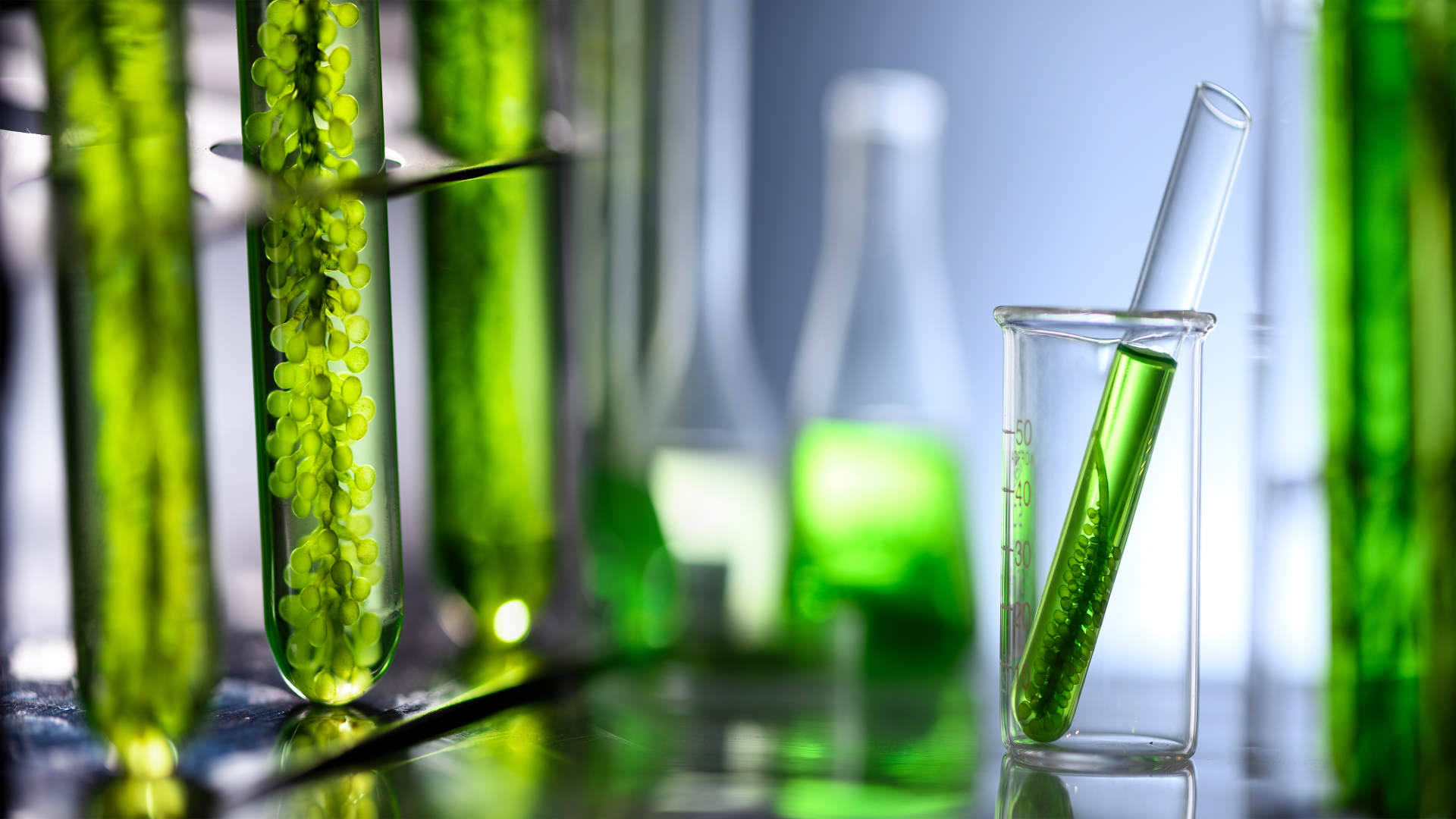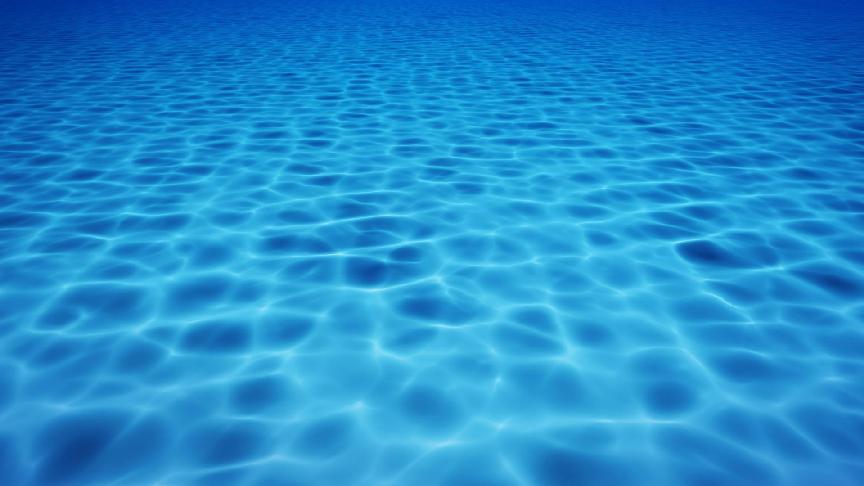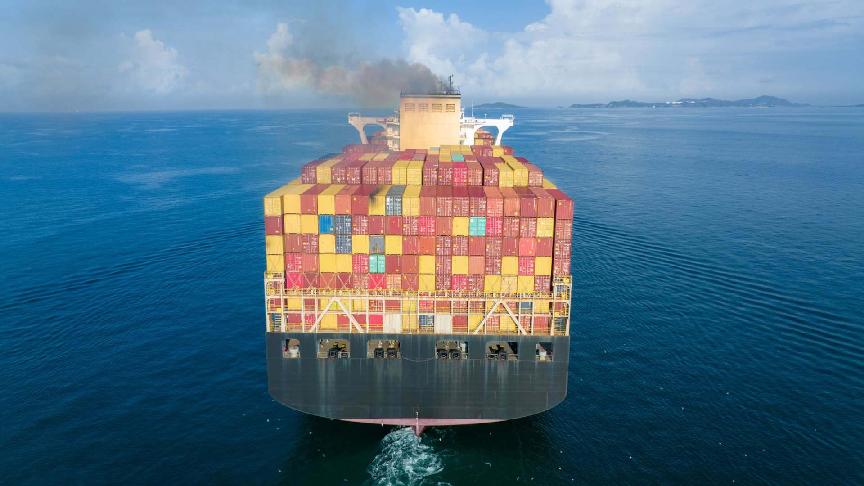7 June 2023 (Lloyd's List) - AMMONIA produced via the electrolysis of renewable energy needs a carbon tax of around $200-$250 per tonne to be competitive, according to ammonia producer Yara that will start operations at its first green ammonia facility this fall.
“I think we’re in the ballpark of $200. And I think if you look at the EU ETS, we’re not that far away,” Yara Clean Ammonia president Magnus Ankarstrand told Lloyd’s List on the sidelines of Nor-Shipping. Other stakeholders in the ammonia supply chain were also optimistic about ammonia’s price competitiveness with conventional fuels if a carbon tax is introduced and scaling up of production.
“With a carbon tax CO2 tax of $250, ammonia is price competitive with marine gasoil. The Norwegian tax for CO2 in 2030 is about $200, so it’s not like if it’s going to happen but when it’s going to happen.,” Amogy Norway managing director Christian Berg told Lloyd’s List. Amogy is a US-based start-up that has been developing onboard ammonia cracking facilities.
Berg said the scaling up of green ammonia production was already happening today with multiple projects in Scandinavia and the Middle East.
EU ETS allowance prices have dropped to around €79 ($85) per tonne on June 7, according to data from Ice Exchange.
High production costs for green ammonia require some government funding to kick-start investment in the industry. The maritime sector also needs tangible emissions targets and market-based measures from the International Maritime Organization to start making supply agreements with producers.
A combination of buyers, producers and governments will have to initially pay the green premium, Ankarstrand said, adding that producers will be unable to scale up production without measures such as a CO2 tax or incentives including contracts for difference.
Yara plans to bring its first green ammonia facility online this fall to produce 20,000 tonnes per year. The plant will be among the first green ammonia producers in the world, and it will use electricity from Norway’s grid that is 100% renewable, making it compliant with EU guidelines to produce renewable fuels.
Yara’s off-takers for its first facility will be mostly from the fertiliser industry, according to Ankarstrand. That reflects that the maritime sector will face competition from different industries to secure zero-emission fuels.
It is in talks with shipping companies such as NYK and Norway-based start-up Virildis that plans to launch fully ammonia-powered bulk carriers.
The uptake of ammonia as a marine fuel has been lagging methanol, as ammonia dual-fuel engines for larger vessels are expected to be ready in the next couple of years, whereas methanol dual-fuel engines are commercially available today.
But some experts suggest that scaling up of green ammonia production could be relatively easier than green methanol, as the former’s production is more straightforward with methanol production requiring additional carbon molecules unlike ammonia.







